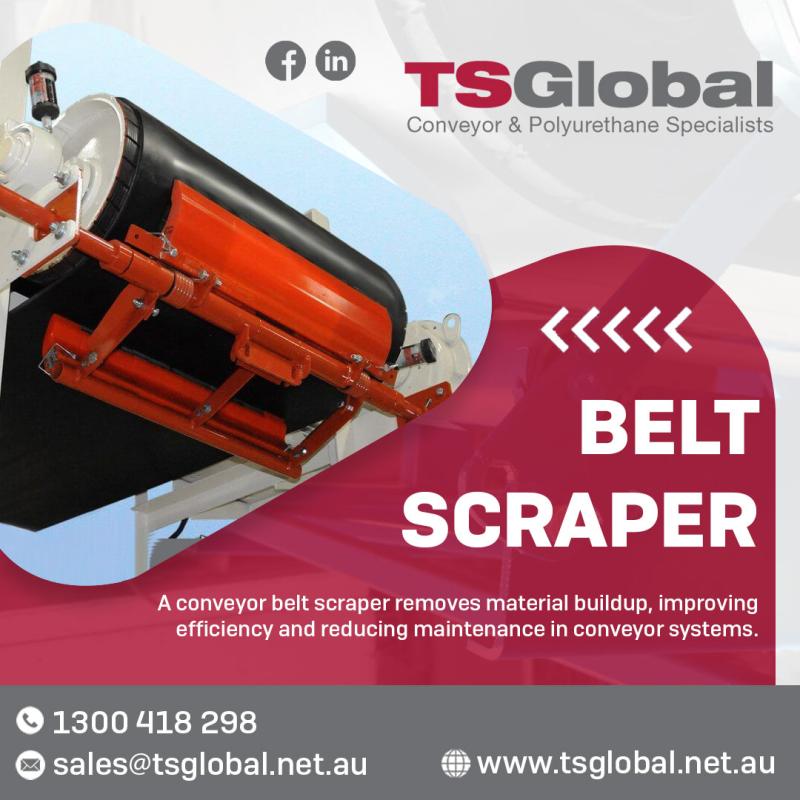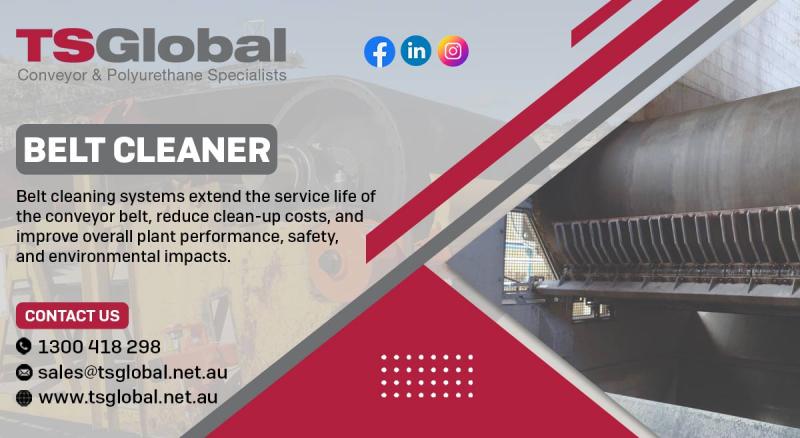Optimizing Conveyor Systems with Belt Cleaning Solutions
Conveyor systems are the backbone of many industries, efficiently transporting materials and products from one point to another. However, to ensure their seamless operation, maintenance is paramount. Among the critical aspects of conveyor maintenance is belt cleaning. In this article, we delve into the significance of belt cleaning solutions and how they contribute to the longevity and efficiency of conveyor systems.
The Conveyor Belt's Vital Role
Conveyor belt are the heart of any conveyor system, serving as the medium for materials to travel. Whether it's in manufacturing plants, mining operations, or logistics warehouses, these belts work tirelessly to move products smoothly and without interruption.
Challenges in Conveyor Operations
Over time, conveyor belts accumulate various types of debris, such as dust, dirt, and spillage, which can hinder their performance. These contaminants not only decrease the belt's lifespan but also contribute to increased downtime, reduced efficiency, and increased maintenance costs. Furthermore, the accumulation of materials on the belt can lead to uneven wear and tear, causing tracking issues and potential damage to both the belt and conveyor components.
Enter Belt Cleaning Solutions
To address these challenges and ensure the longevity and optimal performance of conveyor systems, belt cleaning solutions are indispensable. Belt cleaners are specialized devices designed to remove unwanted materials and contaminants from the conveyor belt's surface. They play a crucial role in preventing material buildup, which can lead to a range of problems.
Types of Belt Cleaners
There are various types of belt cleaners available, each tailored to specific industries and conveyor applications. Some common types include:
Primary Belt Cleaners: These are typically positioned at the head pulley and are responsible for removing the bulk of the material. They use a combination of mechanical scrapers and tension to effectively clean the belt.
Secondary Belt Cleaners: Positioned further along the belt, secondary cleaners provide a final cleaning pass to ensure that all residual materials are removed, leaving the belt virtually free of contaminants.
Specialized Cleaners: Some industries require specialized belt cleaners designed for unique challenges, such as high-temperature environments or abrasive materials.
Benefits of Belt Cleaning Solutions
Implementing belt cleaning solutions offers numerous benefits:
Extended Belt Life: Regular cleaning prevents premature wear and tear, extending the lifespan of conveyor belts.
Improved Efficiency: Clean belts operate more efficiently, reducing energy consumption and increasing throughput.
Reduced Downtime: With fewer stoppages for maintenance and repairs, conveyor systems experience less downtime, contributing to higher productivity.
Enhanced Safety: Cleaner belts are less prone to slipping or mistracking, reducing the risk of accidents and injuries in the workplace.
Conclusion
In the world of conveyor systems, belt cleaning solutions are indispensable for maintaining efficiency, productivity, and safety. These specialized devices ensure that conveyor belts remain free of contaminants, preventing a host of issues that can lead to costly downtime and maintenance. Investing in the right belt cleaning solutions tailored to your industry and conveyor application is a proactive step toward optimizing your conveyor system's performance and ensuring its longevity. Remember, a clean belt is a happy belt, and a happy belt makes for a successful conveyor system.








Comments